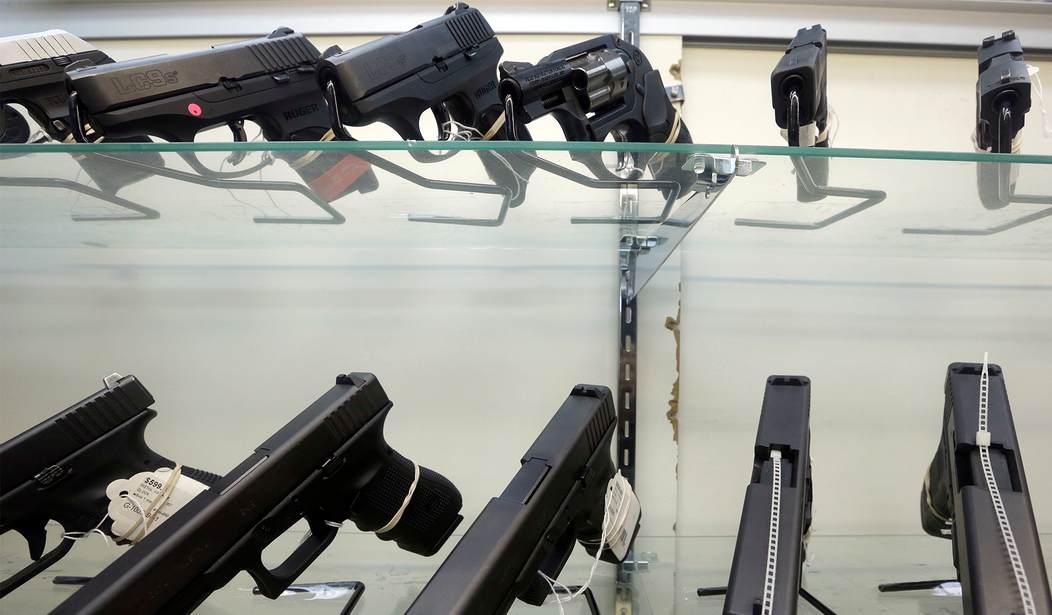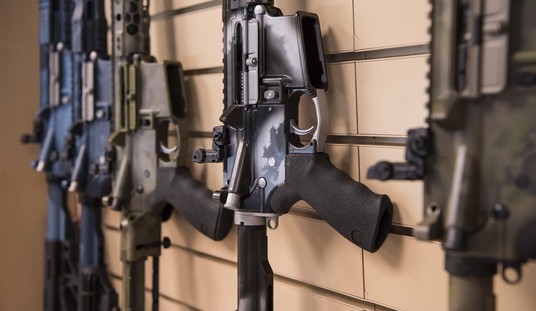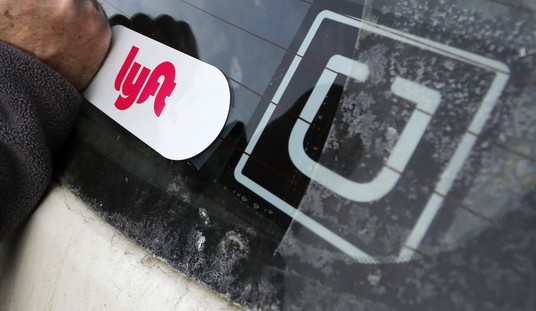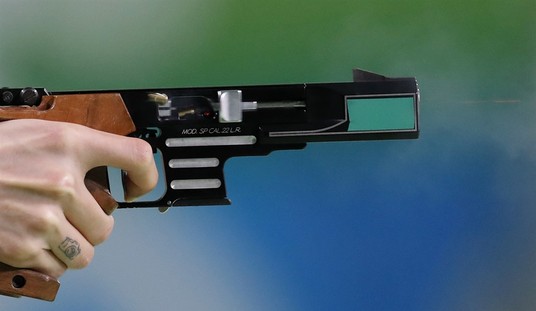How bad is so-called gun violence?
Well, in the last few years, it’s been pretty bad. Violent crime in general has soared, as have many property crimes. In some places, property crime is so bad that stores are leaving town.
But there is an idea that what we have is an epidemic.
To be sure, the numbers haven’t looked good for a little while now, but an epidemic? According to the supposed experts interviewed by PBS, that’s what we have.
Six months into the year, more than 21,000 people have died because of gun-related injuries in the United States.
Doctors and public health officials have a word to describe the rising number of people killed or hurt by guns in recent years: epidemic.
“I would certainly consider the problem of firearm injuries and firearm violence as an epidemic in the United States,” said Patrick Carter, director of the University of Michigan Institute for Firearm Injury Prevention, whose research is partly funded by the National Institutes of Health.
“When we think about what the term epidemic means, it means a sudden increase in the numbers, or incidents, of an event over what would be considered a baseline level,” Carter told Morning Edition.
Well, no. Merriam-Webster defines an epidemic as, “affecting or tending to affect a disproportionately large number of individuals within a population, community, or region at the same time.” There’s no requirement for it to be a sudden increase.
That means the debate is what is a sufficiently large number of people with a given population.
The 21,000 gun deaths sure sound like a large number, to be sure, but is that an epidemic? During COVID, the United States had as many as 1.35 million people suffering from the disease in a single day. Maybe it’s just me, but compared to those numbers (or the 100,000+ drug overdose deaths, or the 100,000+ alcohol-related deaths) 21,000 fatalities pales in comparison.
Each is a tragedy, to be sure, but an epidemic?
Further, I’m not sure Carter is someone who should be categorized as an expert in the first place.
Since the mid-2000s, the United States has seen year-after-year increases in the number of deaths and injuries from guns “that would mirror what we would consider to be a sudden increase consistent with an epidemic,” Carter said.
Except, from the mid-2000s until fairly recently, the gun homicide rate has generally been trending down, with a slight uptick in 2014 through 2016, which then started going down yet again until 2020. In fact, that peak in 2016 was still lower than the rate in 2006.
Now, 2020’s spike was significant, and it didn’t drop overnight. 2021 and 2022 weren’t exactly banner years in the effort to reduce gun violence, to be sure, but each was down from the previous year.
So what gives?
What Carter is doing here is lying with facts.
The overall numbers may have increased, thus allowing him to say these numbers just keep increasing, but he’s not accounting for population. The raw numbers from gun violence are going up, but they’re not outpacing population growth, which means we generally have seen a decrease in the things like the homicide rate.
But to the heart of the question of whether this is an epidemic or not, I have to ask just who cares?
The solutions to gun violence–or any other violent crime–won’t change because it’s an epidemic versus…well, whatever a non-epidemic is called.
Misrepresenting violent crime rates isn’t exactly helping either, to be clear.
The problem we have with so-called gun violence is that we have too many people who think shooting people is the answer to whatever problem they have. We have people who don’t value human life. We have people who think they’ll be famous if they shoot up a school.
Declaring or not declaring something an epidemic won’t change that.
In fact, it’s all a big distraction meant to scare people into supporting gun control.








